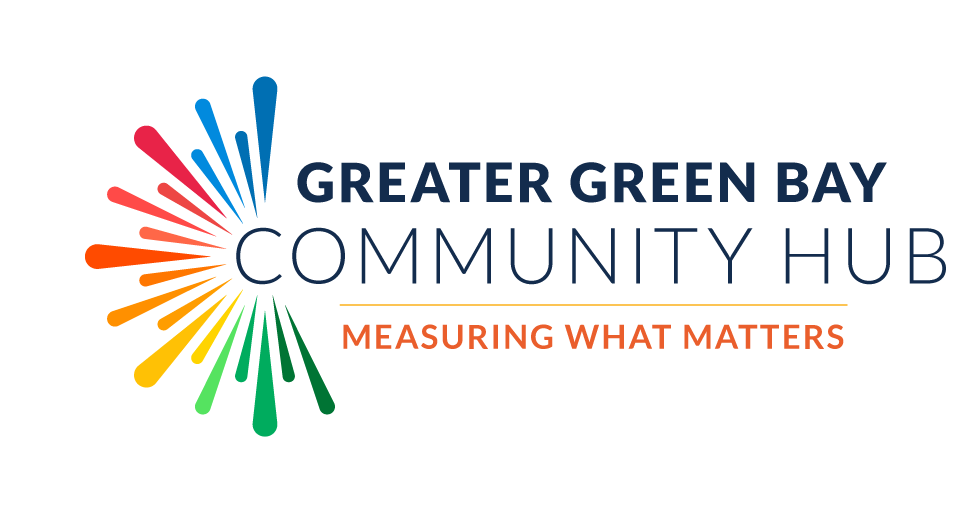Promising Practices
The Promising Practices database informs professionals and community members about documented approaches to improving community health and quality of life.
The ultimate goal is to support the systematic adoption, implementation, and evaluation of successful programs, practices, and policy changes. The database provides carefully reviewed, documented, and ranked practices that range from good ideas to evidence-based practices.
Learn more about the ranking methodology.
Filed under Evidence-Based Practice, Education / School Environment, Children
Goal: The goals of this program are:
- Detect school adjustment difficulties
- Prevent social and emotional problems
- Enhance learning skills
Impact: One study demonstrated that participants made significant improvements in task orientation, specifically in working more independently and completing tasks faster. In behavior control, program students showed increased coping skills and lower levels of aggressiveness and produced fewer disruptions. In assertiveness, students had improved participation in activities, were better at expressing ideas, and showed increased leadership and decreased shyness. Improvements in peer sociability included increases in the quality of peer relationships and improved social skills. Several other evaluations of the Primary Project present evidence of improved school adjustment and decreases in problem behaviors for participants.
Filed under Evidence-Based Practice, Health / Alcohol & Drug Use, Teens
Goal: The main goals of the program are to prevent adolescent non-users from experimenting with drugs and to prevent youths who are already experimenting from becoming more regular users.
Impact: Project Alert participants were 30% less likely than other students to begin using marijuana and analyses showed that the program significantly dampened pro-drug beliefs about cigarette and marijuana use.
Filed under Good Idea, Education / Childcare & Early Childhood Education, Urban
Goal: The mission of Project GRAD is to provide quality public school education for at-risk children in low-income communities and to increase high school and college graduation rates among these populations.
Filed under Good Idea, Environmental Health / Air, Children, Teens
Goal: PGF is working to complete the retrofit of all 4,000 eligible school buses in the state. PGF also aims to reduce Minnesota's ambient air pollution, and help Minnesota avoid being declared a non-attainment area under the federal Clean Air Act.
Filed under Effective Practice, Health / Physical Activity, Children, Teens, Adults, Families
Goal: The mission of Project Live Active in Yancey is to enhance the built environment in the community in order to prevent obesity and encourage community members to be physically active.
Filed under Evidence-Based Practice, Health / Alcohol & Drug Use, Teens
Goal: The program’s goal is to delay the age when young people begin drinking and to reduce drinking among those who have already started.
Impact: Studies have shown that by the end of the intervention, participating students were significantly less likely to drink alcohol than nonparticipants. Also, students who did not use alcohol before participating in the program were less likely to use alcohol after the intervention than similar youth who did not participate.
Filed under Evidence-Based Practice, Health / Cancer, Adults
Goal: The goal of Project PREVENT is to reduce behavioral risk factors for colorectal cancer among individuals with positive screenings.
Impact: A significantly greater proportion of Project PREVENT participants reduced their multiple risk factor score when compared to the control group (47% vs. 35%). Intervention participants also had significantly greater multivitamin intake and significantly reduced red meat consumption.
Filed under Evidence-Based Practice, Health / Mental Health & Mental Disorders
Goal: The goal of this program is to improve treatment outcomes for patients with post-traumatic stress disorder.
Impact: PE Therapy is considered by expert consensus the treatment of choice for PTSD clients whose prominent symptoms include intrusive thoughts, flashbacks, and trauma-related fear and avoidance. One study demonstrated that the treatment group showed significant improvement in PTSD symptoms and depressive symptoms at posttest, and these treatment effects were maintained at 6-month follow-up.
Filed under Good Idea, Environmental Health / Built Environment, Adults
Goal: The mission of Rails-to-Trails Conservancy is to create a nationwide network of trails from former rail lines and connecting corridors to build healthier places for healthier people.
Impact: Rails-to-Trails Conservancy encourages people of all ages and abilities to get outside and be active on a rail-trail. The organization serves 150,000 members and supporters on over 20,000 miles of rail-trail.
Filed under Evidence-Based Practice, Health / Adolescent Health, Teens, Racial/Ethnic Minorities, Urban
Goal: The goal of the Reach for health Community Youth Service program is to reduce risky sexual behaviors among urban Latino and African American youth.
Impact: Long-term impact has been recorded among participants after two years: this includes delayed initiation of intercourse and reduced frequency of intercourse among sexually active adolescents.
